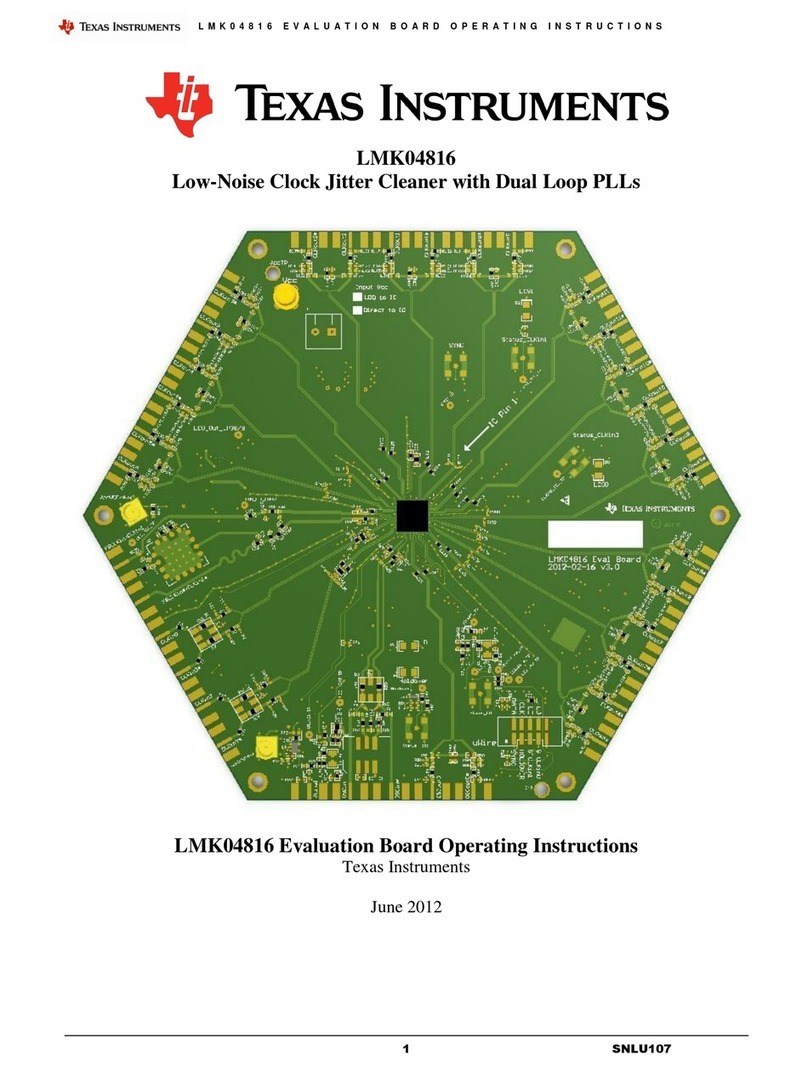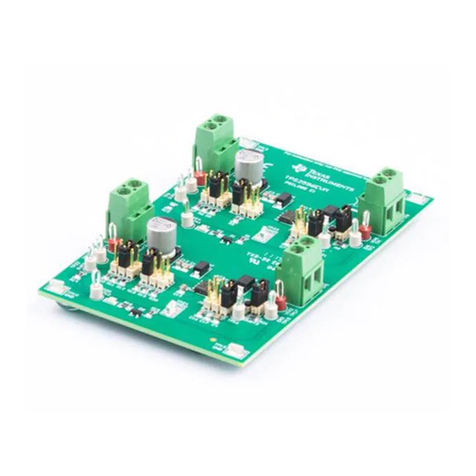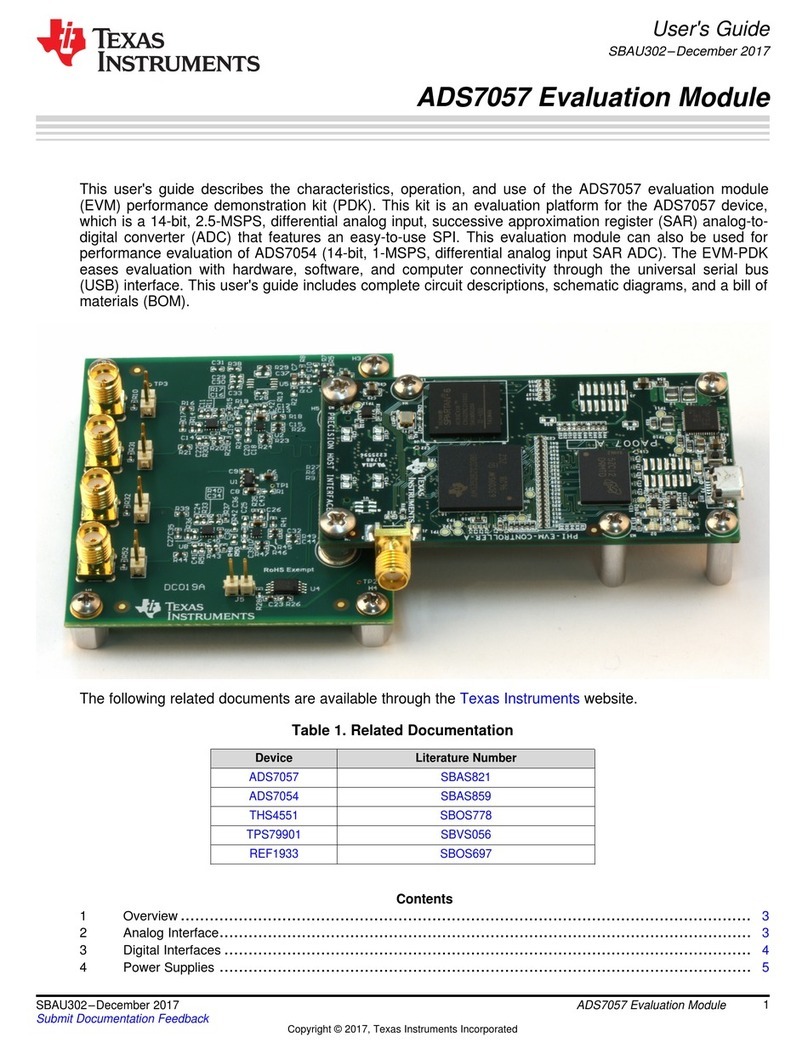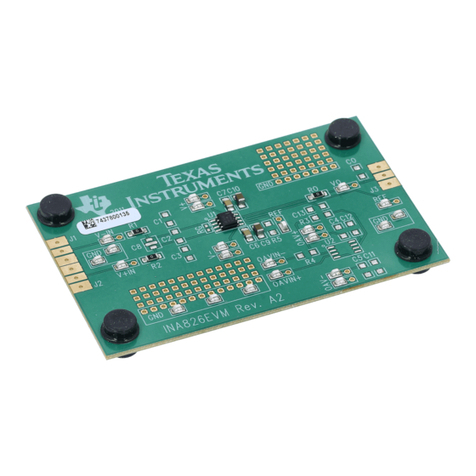Texas Instruments TLV320AIC32EVM User manual
Other Texas Instruments Motherboard manuals
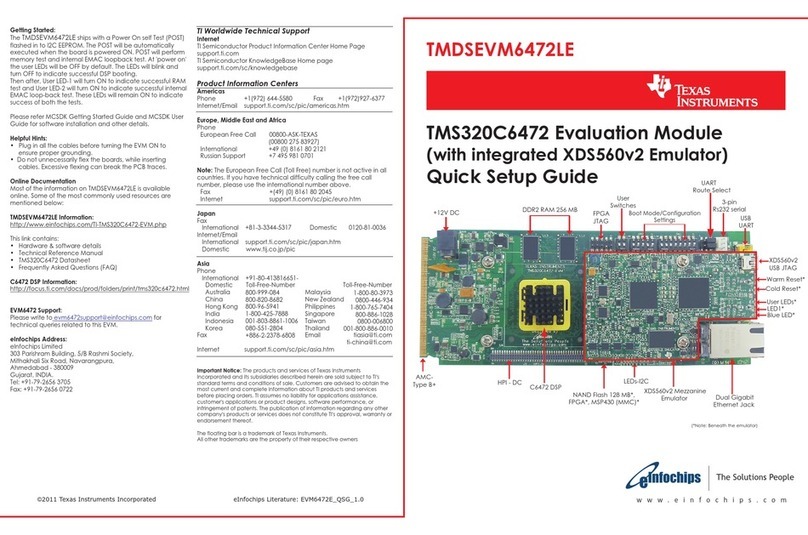
Texas Instruments
Texas Instruments TMS320C6472 User manual
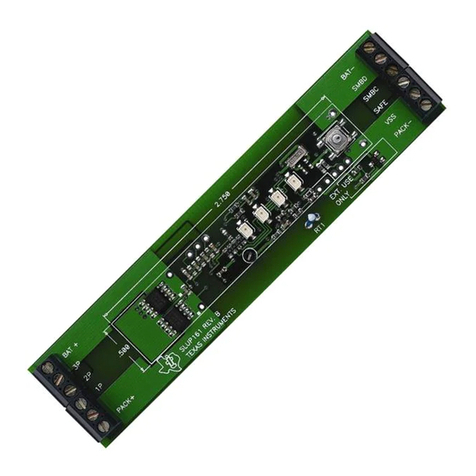
Texas Instruments
Texas Instruments bq2083EVM-001 User manual
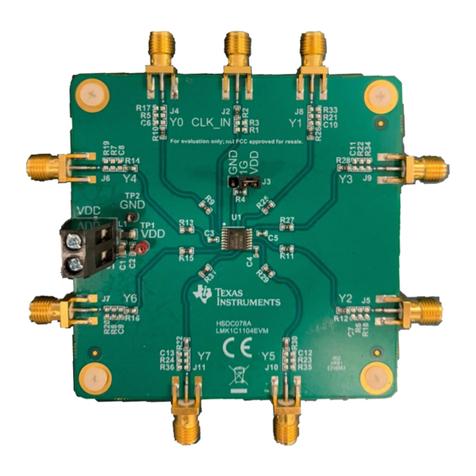
Texas Instruments
Texas Instruments LMK1C1104 User manual
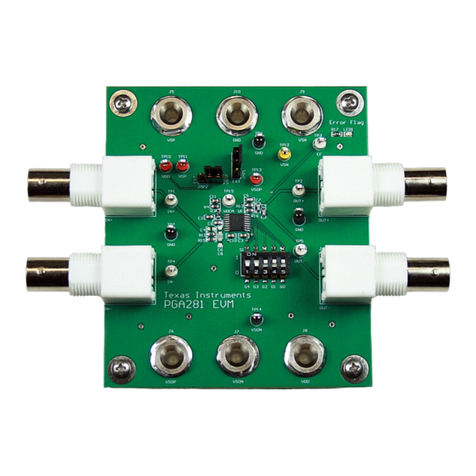
Texas Instruments
Texas Instruments PGA281EVM User manual
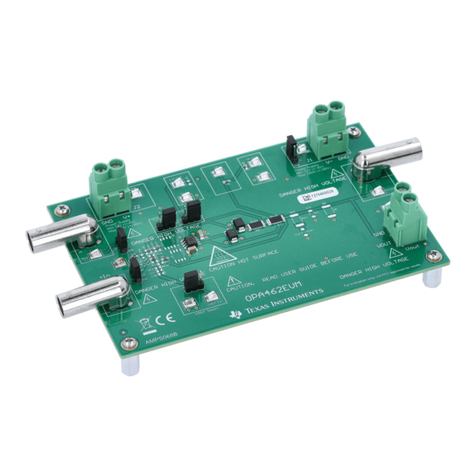
Texas Instruments
Texas Instruments OPA462EVM User manual
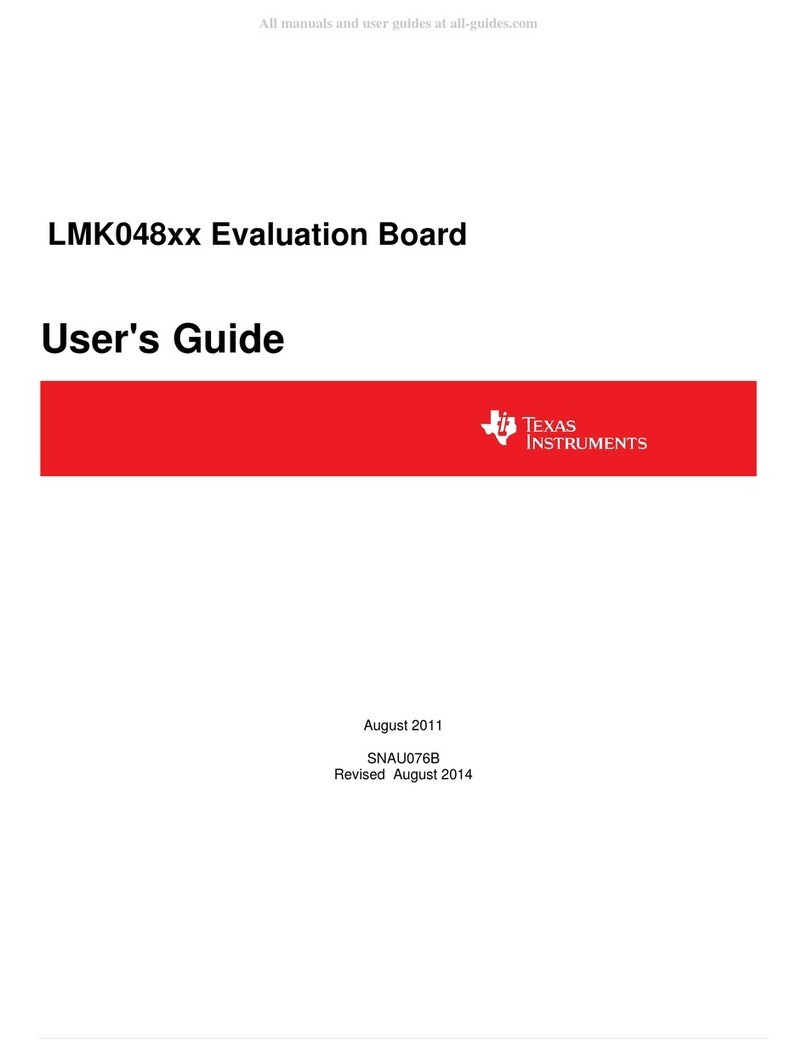
Texas Instruments
Texas Instruments LMK048 Series User manual
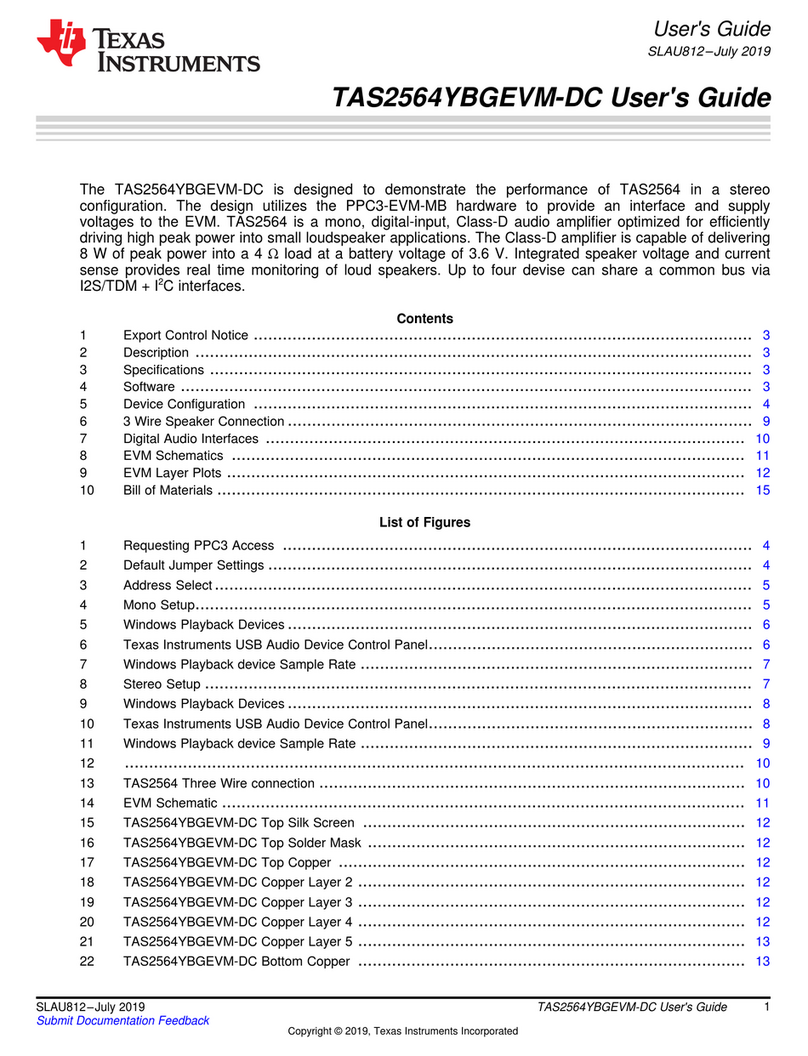
Texas Instruments
Texas Instruments TAS2564YBGEVM-DC User manual
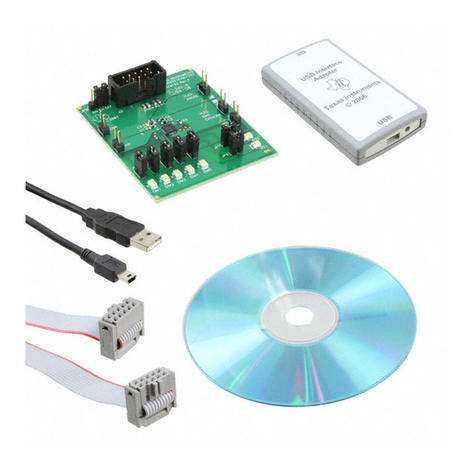
Texas Instruments
Texas Instruments TPS60251EVM-192 User manual
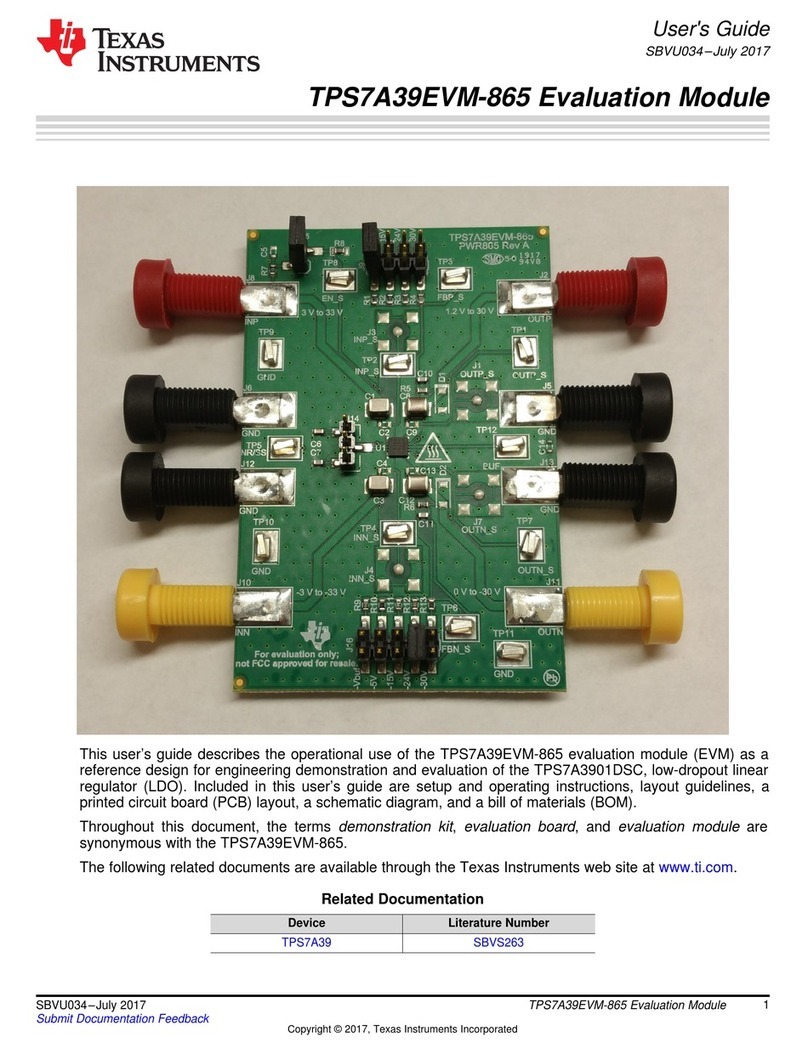
Texas Instruments
Texas Instruments TPS7A39EVM-865 User manual
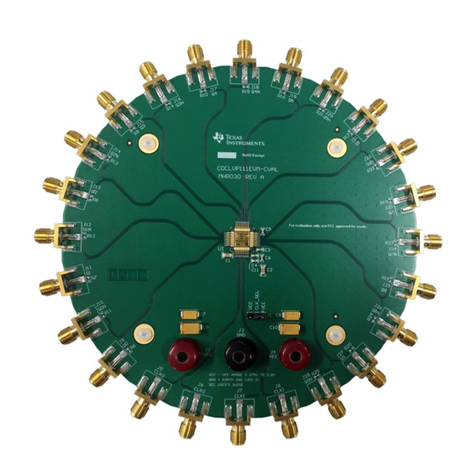
Texas Instruments
Texas Instruments CDCLVP111EVM-CVAL User manual
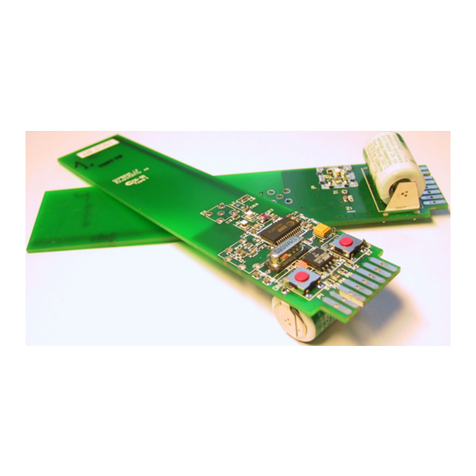
Texas Instruments
Texas Instruments SmartRF CC900DBK Programming manual
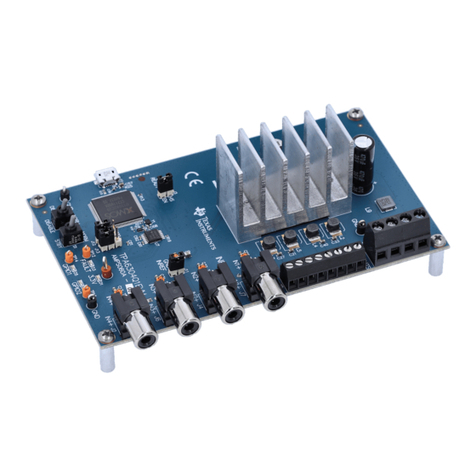
Texas Instruments
Texas Instruments TPA6304-Q1 User manual
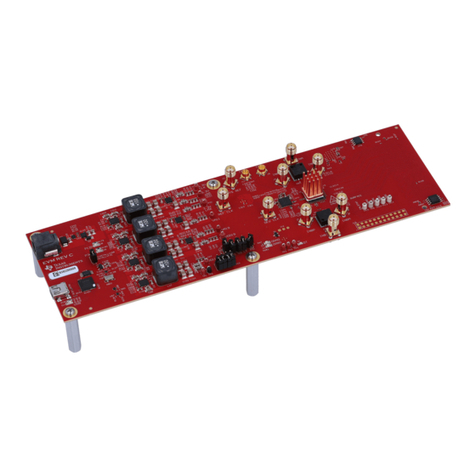
Texas Instruments
Texas Instruments ADC DJ 00SE Series User manual
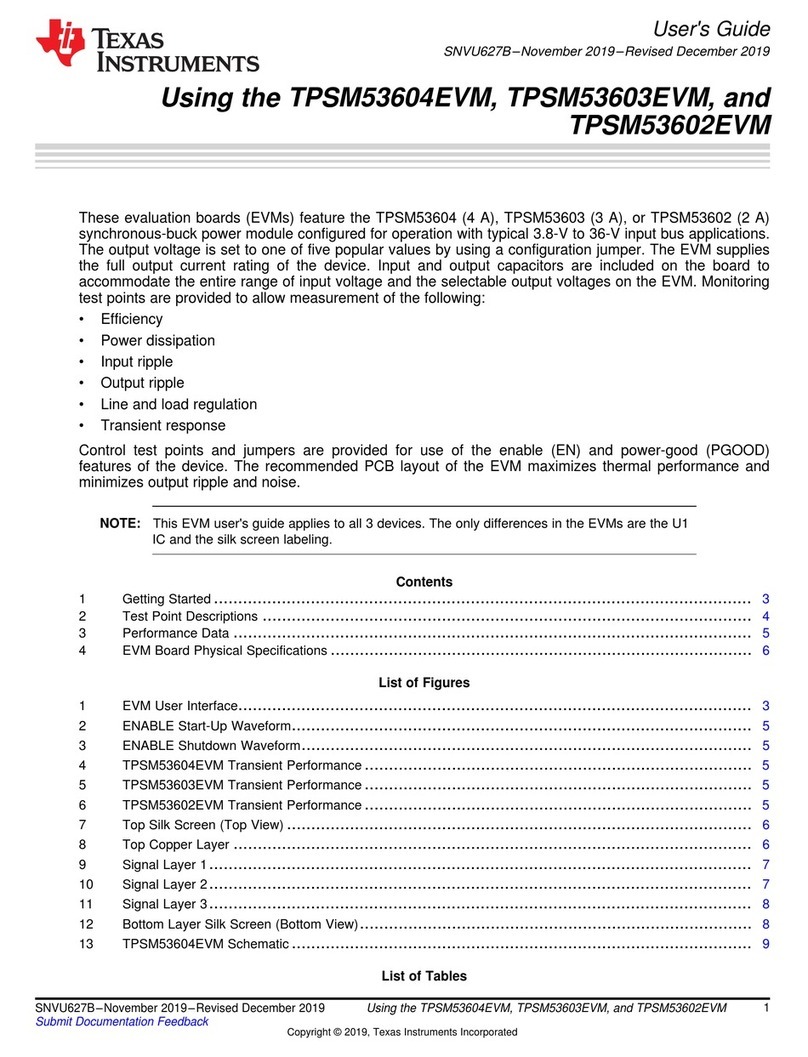
Texas Instruments
Texas Instruments TPSM53604EVM User manual
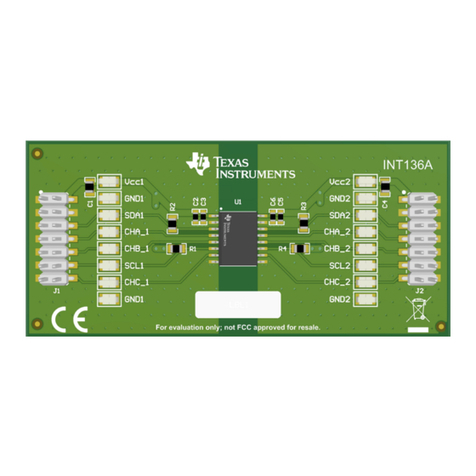
Texas Instruments
Texas Instruments ISO1644DWEVM User manual

Texas Instruments
Texas Instruments CC1111 User manual
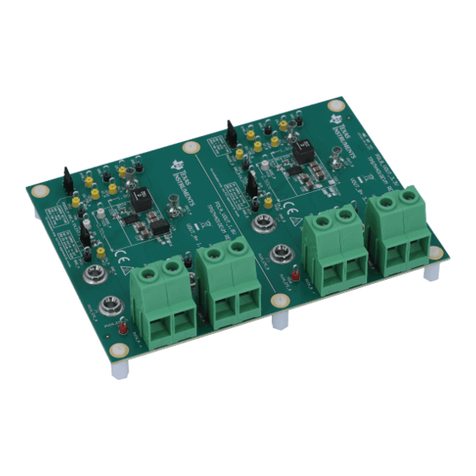
Texas Instruments
Texas Instruments TPS7H4010EVM User manual
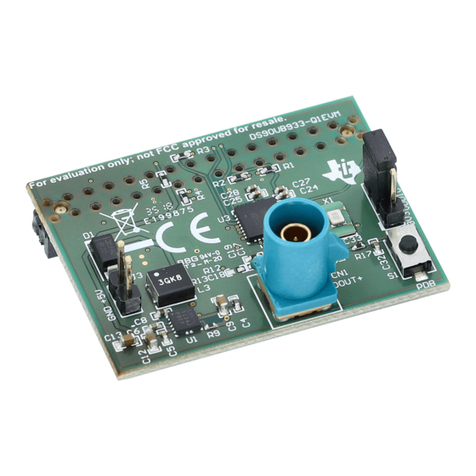
Texas Instruments
Texas Instruments DS90UB933-Q1EVM User manual

Texas Instruments
Texas Instruments bq24072RGTR User manual
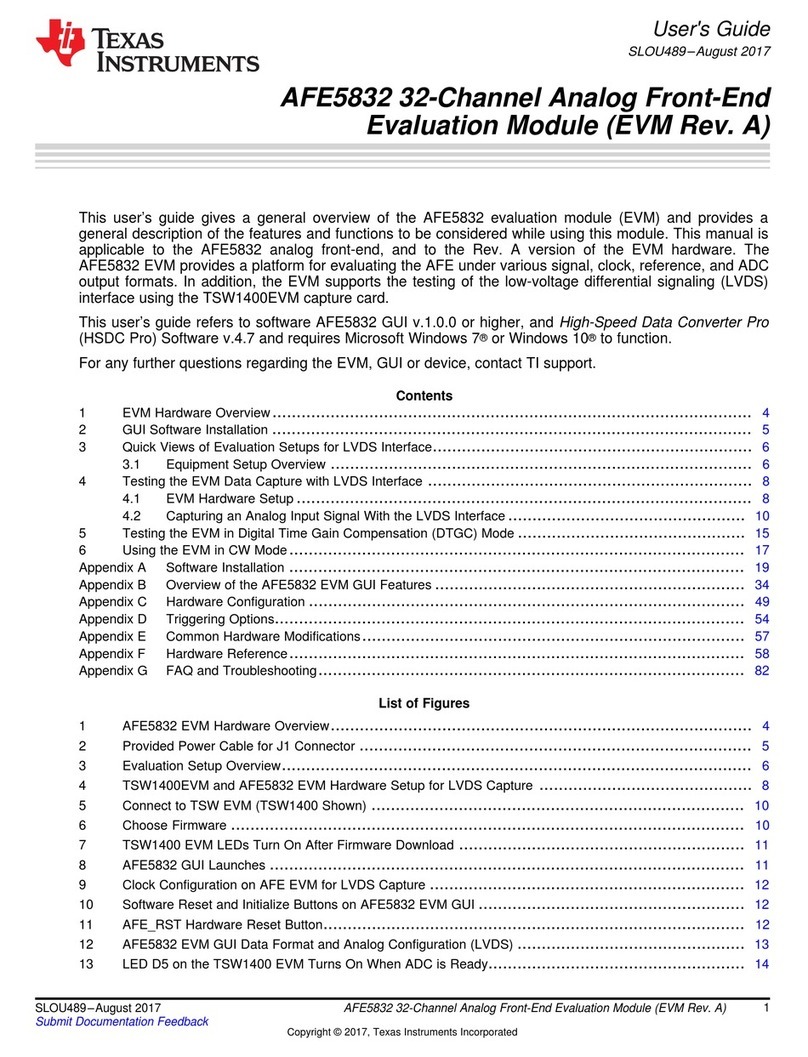
Texas Instruments
Texas Instruments AFE5832 User manual
